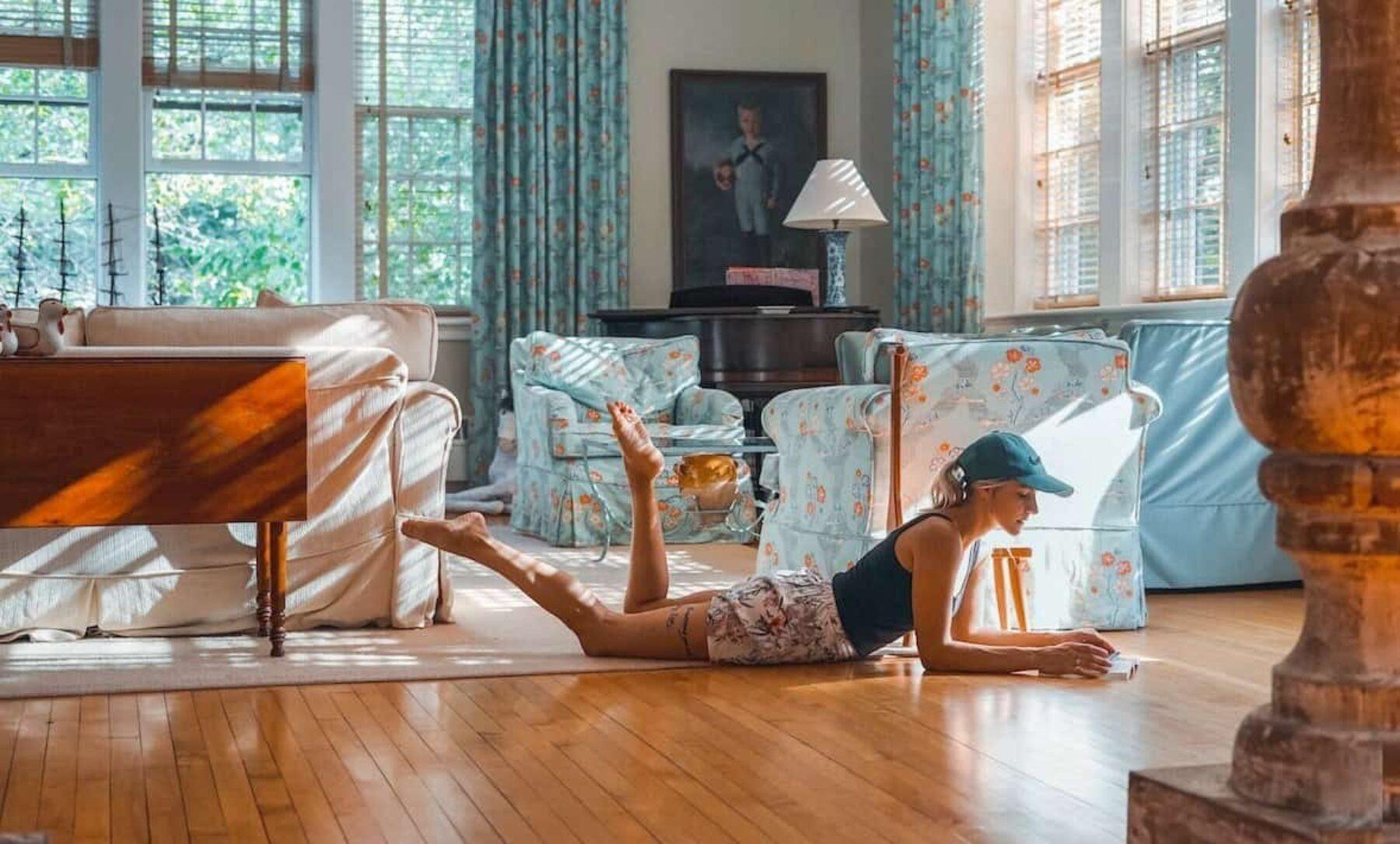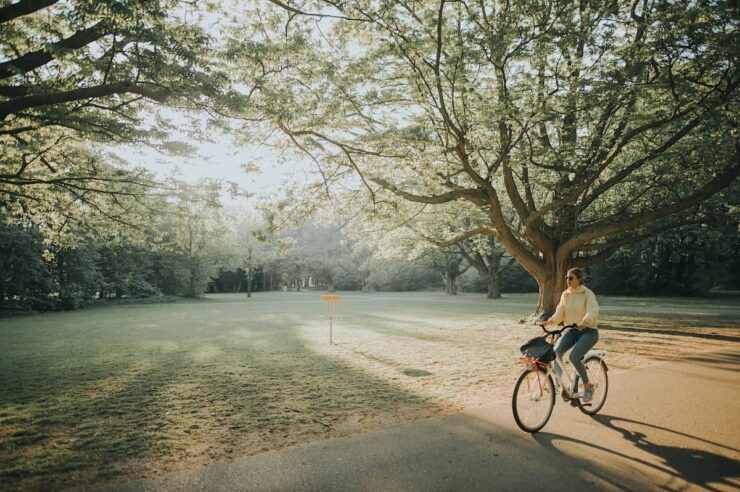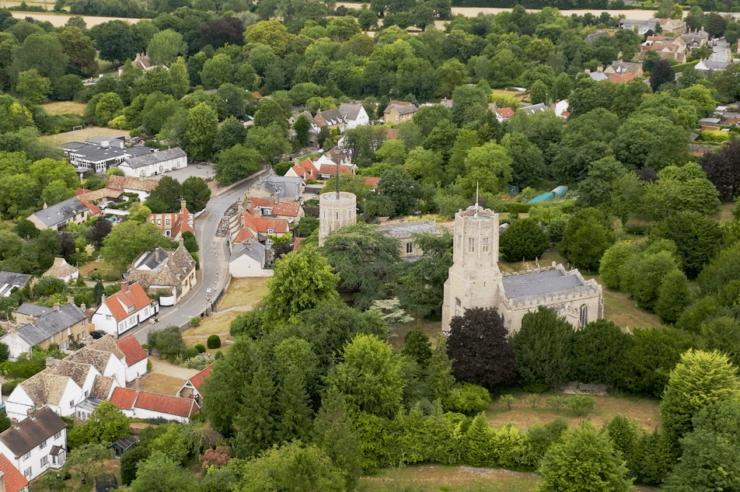Energy efficiency improvements are not just for the winter months. Here’s how to keep your house cool in the heat, according to experts
With a double whammy of global heating and El Niño, it’s no wonder we’re all feeling a little hot under the collar. While the fuel and cost of living crises have inevitably focused attention on the financial burden of staying warm in winter, keeping cool in the summer can take a hit on the wallet, too. Thankfully, there are energy efficiency retrofits, plus tips and tricks for all budgets, that can help keep your house cool in the heat.
1. Plant for shade
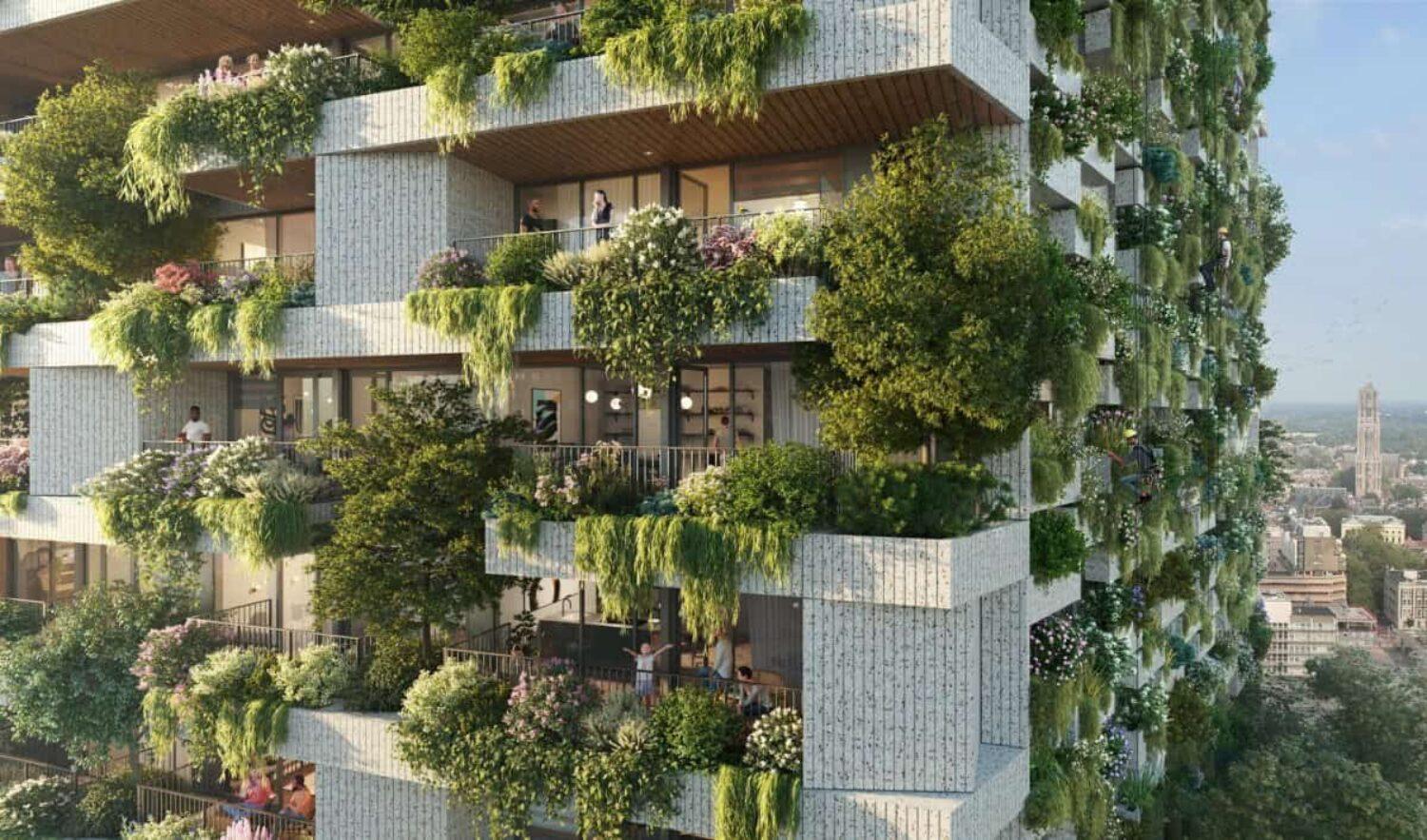
Italian architect Stefano Boeri takes planting for shade to the next level. Image: Stefano Boeri Architetti
Try taking a leaf out of Italian architect Stefano Boeri’s book and use cleverly-placed vegetation to moderate summer temperatures. Boeri has built his reputation on his vertical urban forest designs (pictured), which clad tower blocks with living ecosystems of trees and shrubbery. Luckily, you don’t have to go to quite the same extremes to enjoy the effortless cool of plants.
“Take a look at where your home receives sunlight,” says Jorge Moreno, programmes manager at energy efficiency and emissions consultancy EnviroCentre. “You can use trellis, climbing plants or tall-growing shrubs to provide shading on exterior walls – anything to create a barrier and reduce that thermal mass.”
South-facing windows can be a magnet for heat, but strategically-placed plants or even trees can temper the sun’s rays. Ecoline Windows, a Canadian windows specialist, recommends using blinds and shutters to block direct sunlight altogether.
2. Invest in quality windows
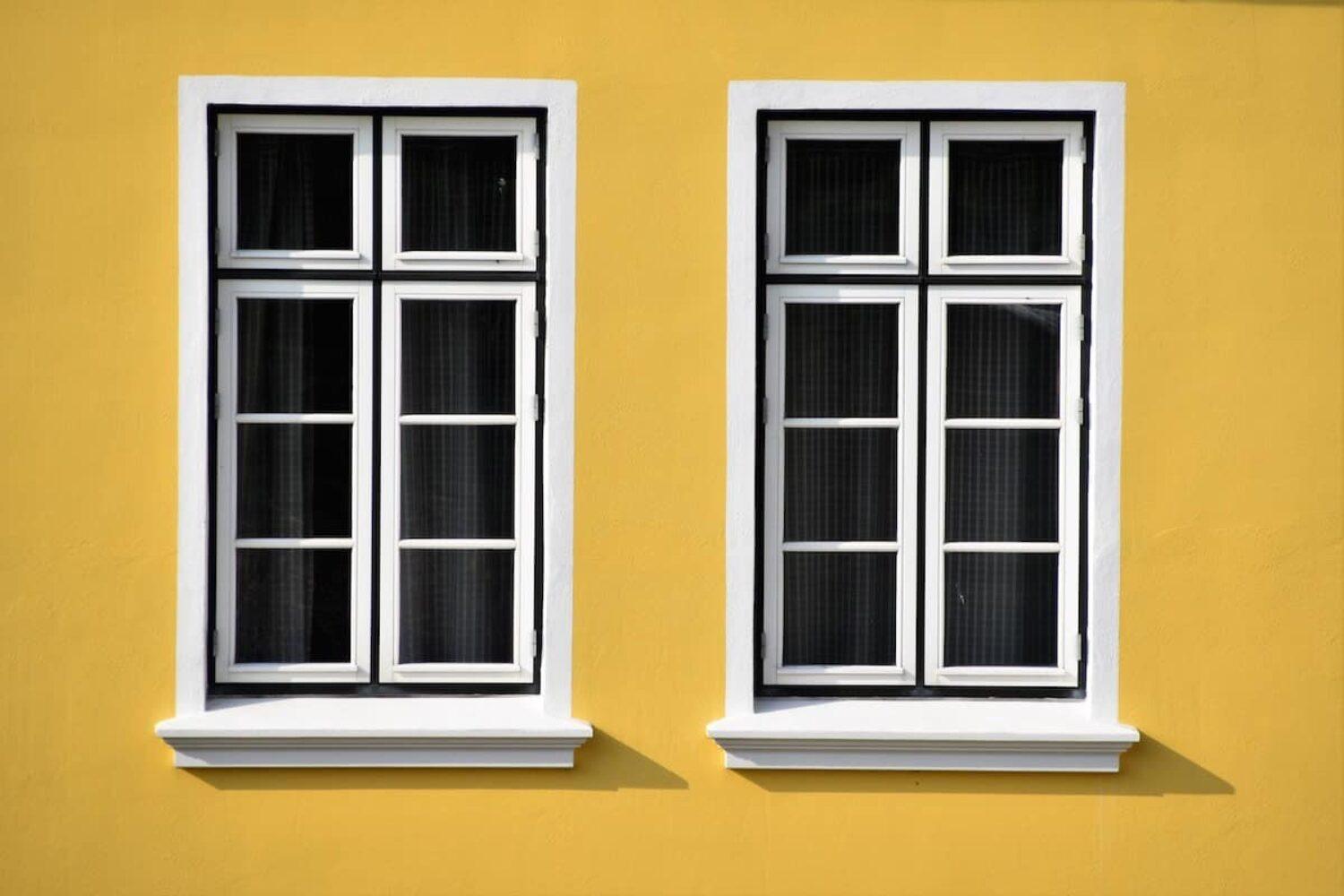
Good windows stop the heat escaping, but also from entering. Image: Waldemar
One of double glazing’s biggest selling points is its ability to keep homes snug through the winter, trapping heat indoors and keeping temperature-sapping draughts at bay – but quality windows can actually be a boon in the warmer months, too.
“It’s an investment, but look at the whole picture,” says Arkadi Lykovsy, director of Ecoline Windows. “It adds comfort, it saves you money, and saves you energy.”
With more than 20 years in the business, Ecoline knows a thing or two about energy-efficient and sustainable windows, and recommends pairing insulated vinyl frames with panes treated with microscopically thin ‘low-E’ – or low-emissivity – coatings. As well as slashing home heat loss in winter, low-E deflects thermal energy from the sun to stop your home turning into a giant oven, instead creating a more comfortable indoor summer environment.
3. Go with the airflow
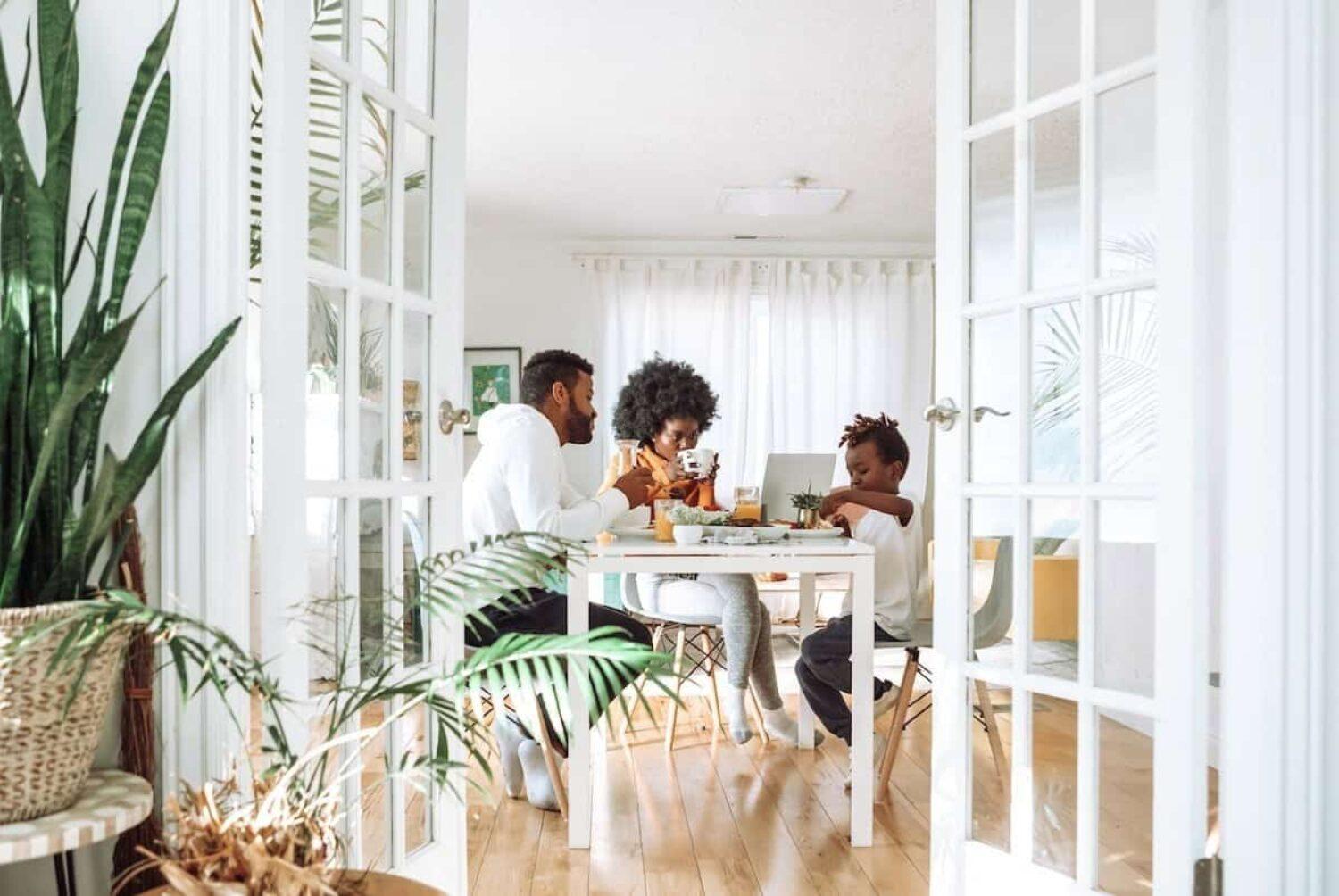
Getting the air flowing around your home is one way to stay cool. Image: Jimmy Dean
Moreno, meanwhile, suggests making use of cooler air early in the morning or in later evening by simply remembering to open windows when temperatures begin to drop outside.
“Think about your building envelope and try to increase the airflow,” he says. “It’s a really simple method that just requires you to be more aware of how your home or living space interacts with the environment.”
If you’re going for a new installation, don’t underestimate the importance of window design and layout to create natural ventilation. Size and placement can make a huge difference. Lykovsy advises that awning windows, for example, can provide ventilation even during rain and – positioned high on a building – naturally expel rising warm air. Engaging a specialist to help with window layout will make staying cool in summer months a literal breeze.
4. Go back to basics and use a fan
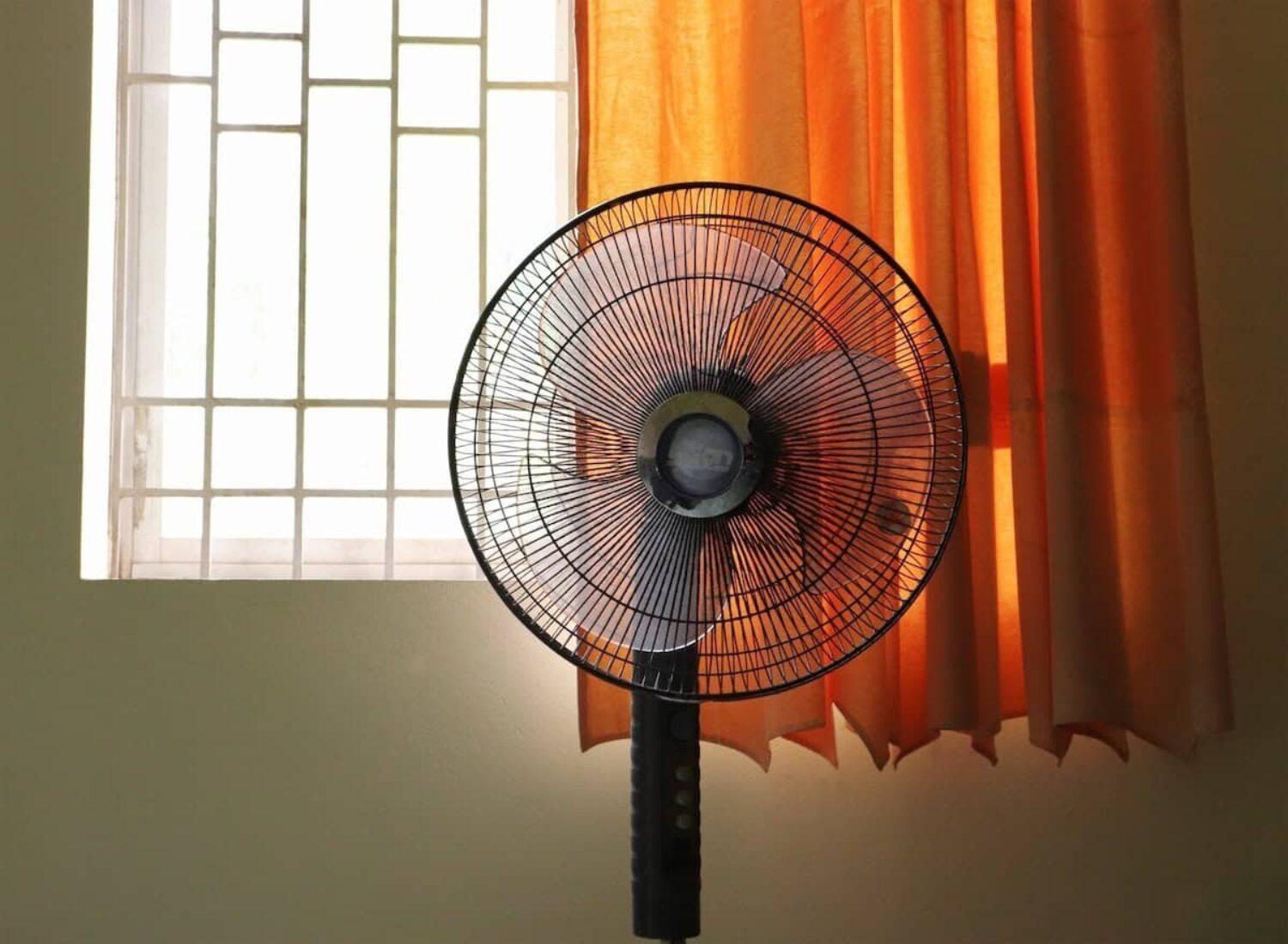
The humble fan could be your new best friend. Image: Due Duy
Plugging in an ordinary fan will turbo boost the airflow effect at low cost by pushing out warmth and drawing in cooler air. Moreno recommends identifying pockets of cool inside the home – in a cellar or basement, for example – and using fans to distribute it evenly among hot spots.
In the longer term, and assuming you have the budget, he suggests installing an air-source heat pump. Modern, super-efficient air-to-air pumps can heat your home in winter, and operate like an air-conditioning unit in summer.
In England, Scotland and Wales, help is available to low-income families through the government ECO4 grant. It fully funds home insulation, which can help with summer cooling, as well as solar PV and heat pumps. In England and Wales, the government’s boiler upgrade scheme (Bus) offers £5,000 towards the cost and installation of replacing a fossil fuel heating system with a heat pump – but note that for both BUS and ECO4, only ground source or air-to-water systems are eligible, neither of which have a summer air-con function.
In Canada, federal and provincial green home grants and zero interest loans for air-to-air heat pumps – as well as other energy efficiency home improvements including window installation – are available to help with the cost. And over the road in the US, tax credits up to $3,200 (£2,470) are available to help with upgrades.
5. Turn off the heat
Stoves, ovens and driers fill the home with waste heat, and while baking a loaf of bread on a chilly afternoon in January is sure to warm your smile as much as your kitchen, in the height of summer it will have you reaching for the ice cube tray. Consider avoiding heat-radiating appliances in the warmer part of the day, and switch to drying laundry outside if space allows.
Old style incandescent lightbulbs also emit a significant amount of heat, so switch to LED blubs. If you’re making improvements to your kitchen and previously cooked with gas, consider swapping to an electric-powered induction hob. They virtually eliminate waste heat.
Main image: Toa Heftiba
